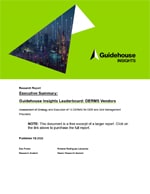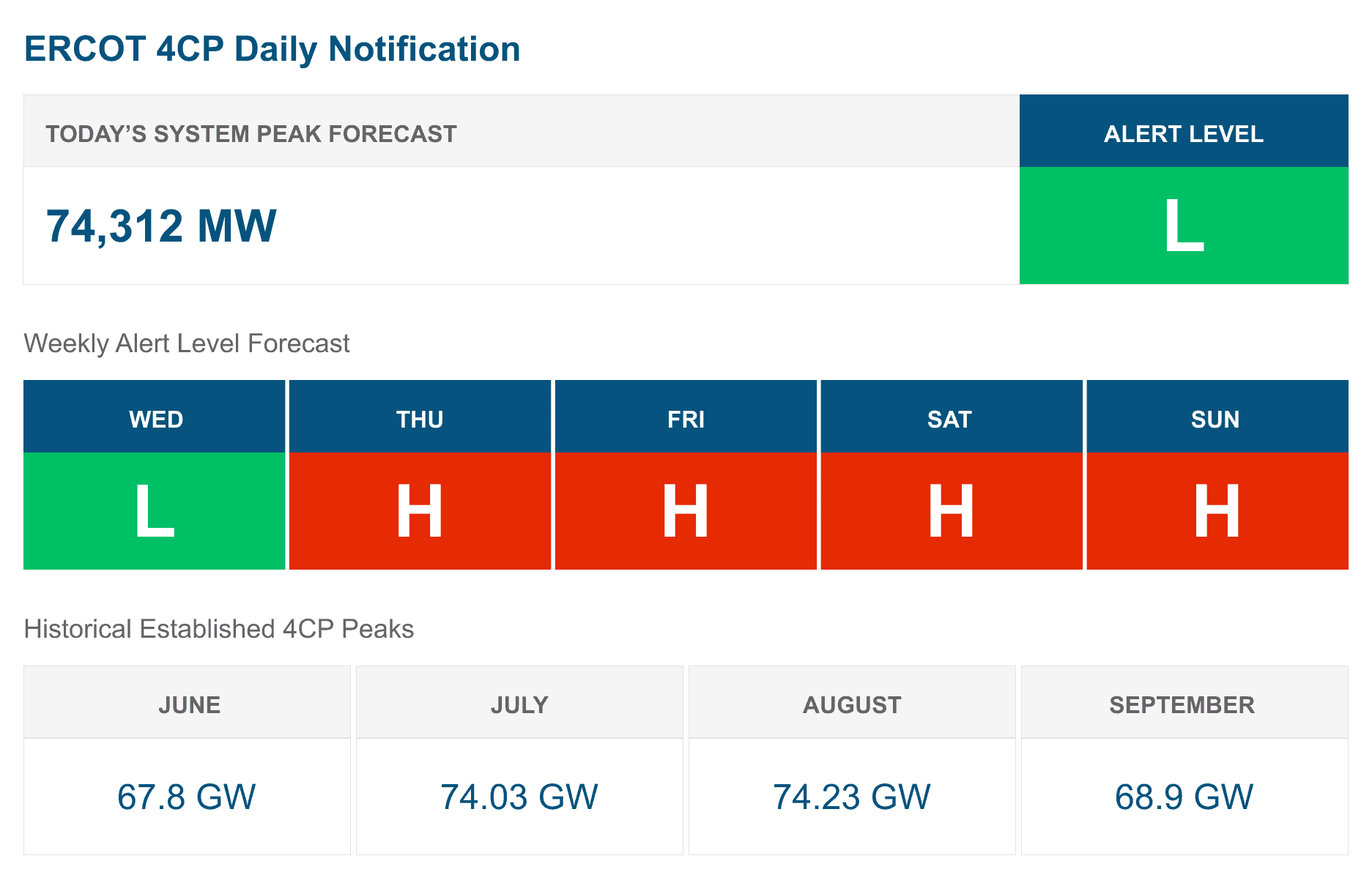Another scorching heat wave is set to strike Texas this week. Temperatures across Texas will run 10-15 degrees above normal for at least the next seven days. With this comes a surge in electricity use, mostly from cooling systems. The Electric Reliability Council of Texas (ERCOT) is predicting a historic demand of over 80,000 MW, putting immense pressure on the state’s power grid.
With each passing season of extreme temperatures, ERCOT must secure enough capacity to meet demand regardless of the weather conditions. Fortunately, ERCOT and Texas utilities have been at the forefront of effective mitigation strategies, involving the use of distributed energy resources and AI-based technologies.
Decentralizing Energy Production for Resilient Grids
One significant initiative launched by ERCOT last year is the DER Pilot Program, which allows Texans with solar and battery solutions to contribute excess energy to the Texas grid during periods of extreme weather. This is especially crucial for Texas, as it is the only state that limits connections with wholesale markets in neighboring states, meaning it cannot rely on energy contributions from nearby regions to alleviate power outages. And by decentralizing energy production, Texas can reduce its reliance on large fleets of peaker plants, which are not always dependable during weather emergencies.
Leveraging AI to Manage Economic Incentives
Certain market features of ERCOT, such as the Four Coincident Peak (4CP) calculation of load ratio share, combined with its energy-only market structure, create economic incentives for companies to prepare for summer challenges. However, these aspects of the market are complex and interdependent, necessitating the use of software tools and data analytics shaped by AI to support companies in achieving reliable and sustainable electricity supplies.
Texas heat waves often result in slim reserve margins, where supply barely meets demand. This leads to a dramatic increase in real-time prices, sometimes reaching up to 100 times the normal rate. To mitigate the risk of buying power at these exorbitant prices, reducing demand becomes crucial. Demand response (DR) programs can help save the grid during times of high demand by incentivizing consumers to reduce their electricity usage. Not only does this alleviate the strain on the grid, but it also frees up energy that can be sold into the high-priced market.
AutoGrid is actively involved in monitoring and preparing for upcoming 4CP periods in Texas this summer. This entails thorough testing of all distributed energy resources (DERs) currently connected to the grids of utilities ranging from San Antonio’s CPS Energy to a number of rural cooperatives that fall under the umbrella of NRTC.
Coordinating thousands of DERs and aggregating their capacity to serve grid needs requires advanced technology.
We help ensure the readiness of DERs connected to the grids of various utilities across the state. By continuously monitoring these resources, AutoGrid maintains system stability and guarantees that they function as intended, contributing to a seamless energy supply for customers throughout Texas.
High-Impact Demand Response Strategies
DR programs, scaled and managed with predictive analytics and AI, can help mitigate future disasters in all energy markets. By leveraging large electricity reductions harvested from commercial and industrial customers as well as residential customer smart thermostats, AutoGrid can activate DR strategies across multiple utility providers, strengthening the ERCOT network’s resilience while minimizing strain during peak periods.
The AutoGrid Flex™ software platform enables Texas investor-owned utilities, cooperatives, and energy retailers to manage and scale demand response programs with thousands of commercial, industrial, and residential consumers. AutoGrid’s collaboration with Texas utilities enables effective demand response initiatives, mitigating the impact of the heat wave on the grid and ensuring reliable energy supply to customers, even during periods when supplies are stretched thin.
Demand-side flexibility programs incentivize consumers to reduce their electricity usage, alleviating strain on the grid and freeing up energy for high-priced markets. To be effective DR must be done at scale with the help of advanced technologies like AI and machine learning. We may not see an end to extreme heat, but we have proven strategies to mitigate the impact on our power grids.

Guidehouse DERMS Leaderboard
AutoGrid ranked #1 in comparison to 12 other industry companies.





